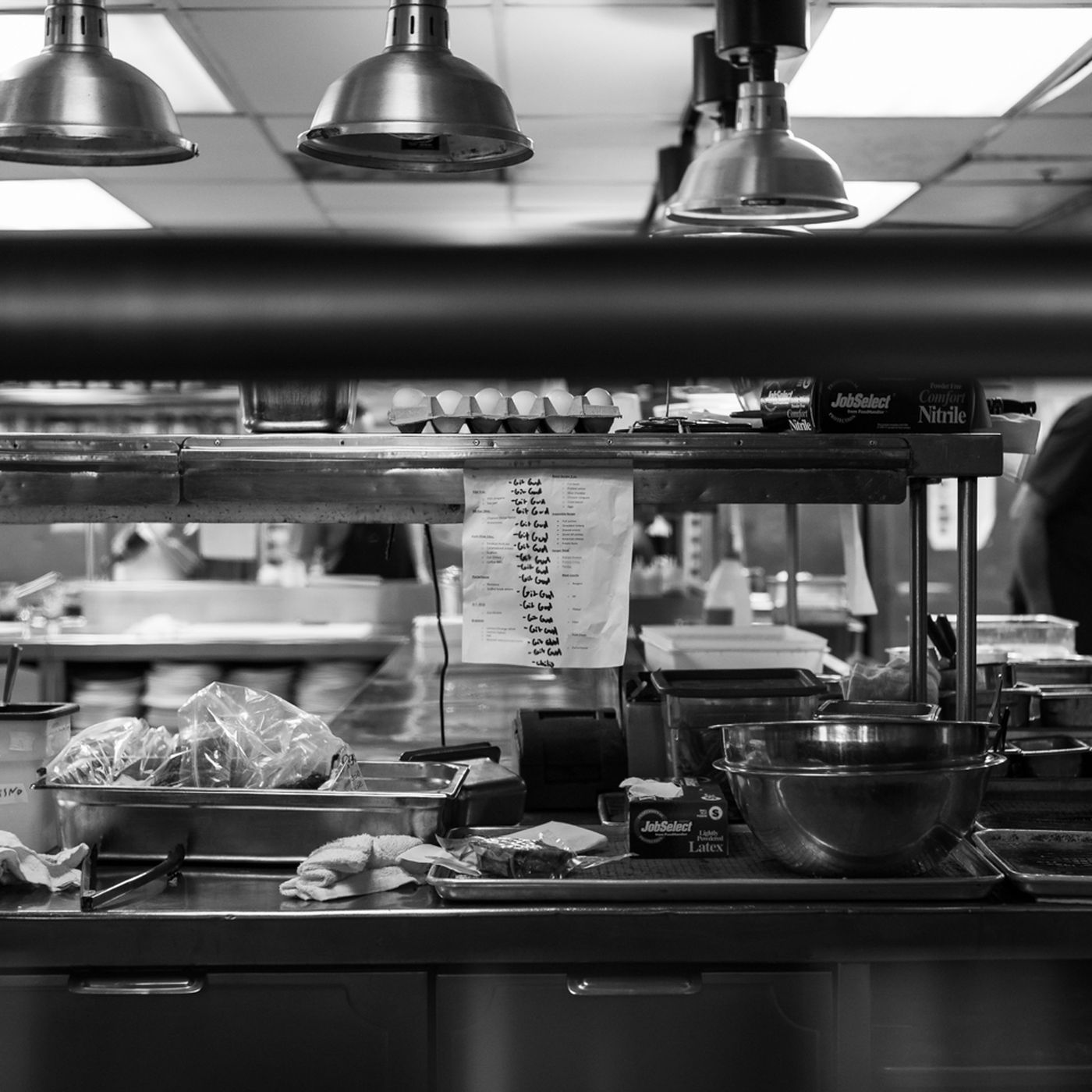The Importance of Food Safety and Hygiene
Food safety and hygiene are more than just requirements set by health authorities; they are the cornerstones of a successful restaurant. Understanding the critical role they play in the industry is essential for every restaurant owner.
- Public Health: The most obvious and important reason for prioritizing food safety and hygiene is the health and safety of your customers. Contaminated food can lead to foodborne illnesses, causing not only harm to your patrons but also significant damage to your restaurant’s reputation.
- Compliance with Regulations: Restaurants must adhere to a web of health and safety regulations. Failing to comply with these standards can lead to legal issues, fines, and even the potential closure of your business.
- Reputation Management: In today’s digital age, a single incident related to foodborne illnesses or hygiene lapses can spread like wildfire on social media. Your restaurant’s reputation can be tarnished irreparably, leading to a loss of trust and customers.
- Customer Trust: In a highly competitive market, customers have high expectations when it comes to food safety and hygiene. Meeting or exceeding these expectations builds trust, fosters loyalty, and encourages repeat business.
Essential Practices for Food Safety and Hygiene
Now that we’ve emphasized the importance of food safety and hygiene, let’s delve into some essential practices for restaurant owners to maintain these standards:
- Staff Training: Train your staff thoroughly in food safety and hygiene practices. This includes proper handwashing, safe food handling, and the use of personal protective equipment.
- Regular Cleaning and Sanitization: Develop and implement a cleaning schedule that covers all areas of your restaurant, from the kitchen to the dining area. Regularly clean and sanitize all surfaces and equipment.
- Food Storage: Proper food storage is crucial to prevent contamination. Store raw and cooked foods separately, and maintain the appropriate temperature for each.
- HACCP (Hazard Analysis and Critical Control Points) Plan: Implement a HACCP plan to identify, evaluate, and control potential food safety hazards. This systematic approach can help you prevent issues before they occur.
- Regular Health Inspections: Collaborate with local health authorities to ensure you are up to date with regulations and are subject to regular inspections. These inspections can identify issues before they become major problems.
- Food Traceability: Establish a system that allows you to trace the origin and history of your ingredients. This can help you quickly identify and recall any potentially contaminated products.
- Personal Hygiene: Encourage your staff to maintain excellent personal hygiene. This includes regular handwashing, wearing clean uniforms, and keeping hair and nails tidy.
- Invest in Quality Ingredients: Source your ingredients from reputable suppliers who also adhere to strict food safety and hygiene standards. This reduces the risk of contaminated products entering your kitchen.
Conclusion
In the dynamic world of the restaurant industry, food safety and hygiene should never be underestimated. They are the building blocks of a positive reputation, customer trust, and long-term success. Prioritizing food safety and hygiene not only ensures the well-being of your patrons but also safeguards your restaurant from potential legal issues and reputation damage.
By adhering to these essential practices and investing in a culture of food safety and hygiene, restaurant owners can create a welcoming and safe environment that encourages customer loyalty and contributes to their long-term success. In the end, a positive reputation hinges on the quality of the food and the safety of the dining experience, making food safety and hygiene indispensable to the success of any restaurant.




